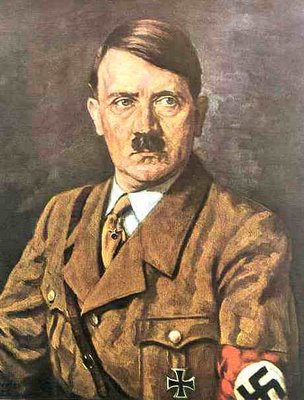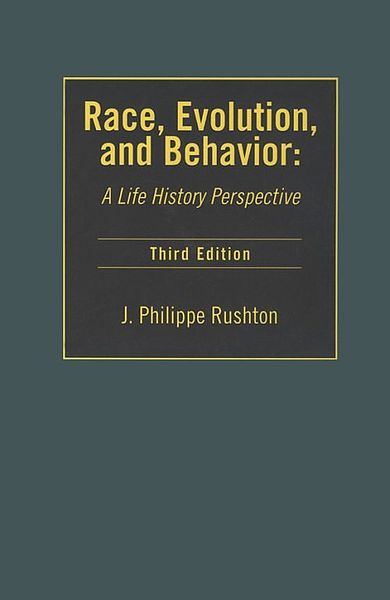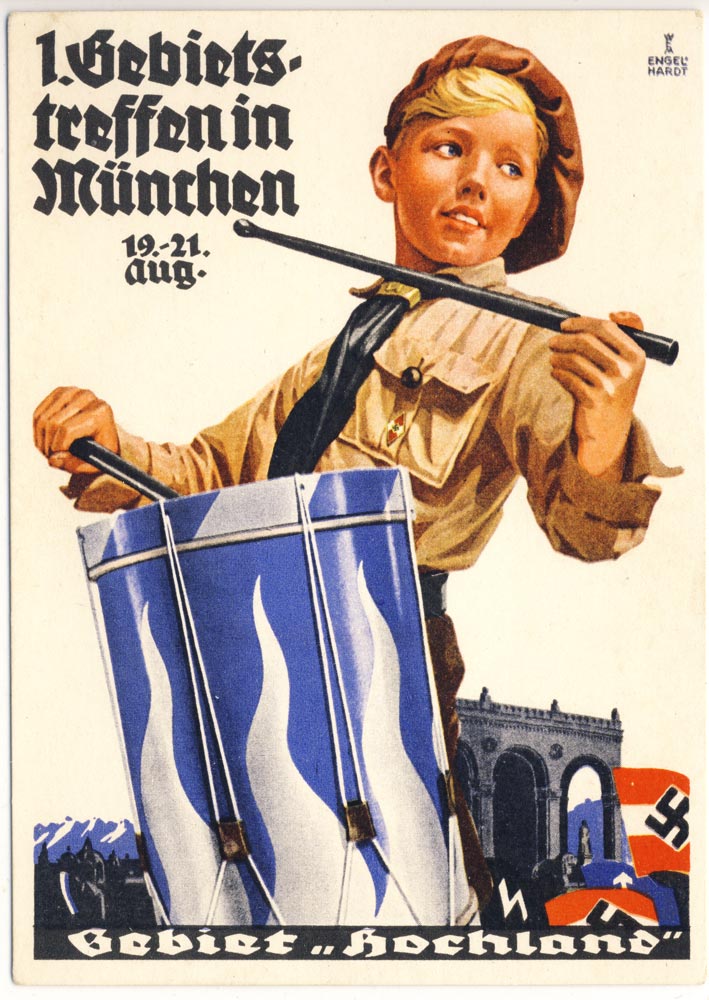
He was a visionary, and a statesman—but no general. Jewish power is based on the slander, and inversion of real history about the events of the Twentieth Century. Hitler and the Nazis are the Trojan Horse, used to colonize the very minds of Western Whites.
Hitler and the Nazis were not evil. You are blaming the victims. How dare you? They made a lot of mistakes—but Hitler was the last White Man that tried to defend his own people.
Every single time any one of you allows a lie to stand—you collude with our murderers. You may want to get rid of Hitler et al—but to allow the slander to stand is simply nothing more than laziness, and cowardice. How dare you?
Telling the truth about the real events of the Twentieth Century does not “keep White Nationalism in a ghetto”—it’s the laziness and timidity and cowardice that does that.
The Worst Generation fought against people who had done them no harm, actively participated in the Civil Rights dismantling of the Constitution and Bill of Rights, and did nothing to resist the 1965 Immigration Act, “Women’s Lib”, and the absolute degradation of the culture. The Worst Generation went along with everything, while they wallowed in what’s turning out to be rather short-term affluence.
The worst Generation did immense, civilization-wrecking harm. They set the stage for our genocide. They did wrong—for a host of reasons. And one wrong enabled another.
I’d like to ignore Hitler—but I’m not allowed to. The Jewish Media parades his demonized corpse around 24/7. I challenge any of you to turn on a radio, a TV set, open a magazine, or website, and not have poor old Adolf thrown right in your face. His name is invoked in the weirdest, and most unrelated situations. We will never be free of Hitler until we stop caving to the monstrous and fallacious demonization of Hitler.
This generation should be called out for what they’ve done. They should be ashamed of themselves. The ones that are around can still vote. Their shame should be held up as an example to future generations. The Founding Generation will feel repulsion of the deeds of the Worst Generation.
Adolf Hitler and the soldiers of the Reich did not bring death and destruction. Talmudic Jewry, and their vile Shabbos Goy sell-out whores, did that.
Refusing to accept this alienating and self-obliterating lie is what sets us free.
Flattering the soldiers of World War II as “The Greatest Generation,” is one of Satan’s most beloved and successful tricks—cosseting human vanity. If that generation, and the succeeding generations, get hung up on that meme, that fraud, that con job, then it becomes more and more difficult to assess, with each passing day, the true, real-world legacy of that generation. Why do any of us want to lock ourselves into a mythos, created by our enemies, that leads directly to our dispossession and genocide, simply to flatter old men?
When I challenge these oldsters—and every last one of them is a Christian—I tell them:
“I know it’s terrible to have to accept the fact that the ‘biggest’ event of your life was a terrible, horrible mistake. But you are going to have to deal with this when you face God—so get used to the idea now. Think about how you will account for this…”






